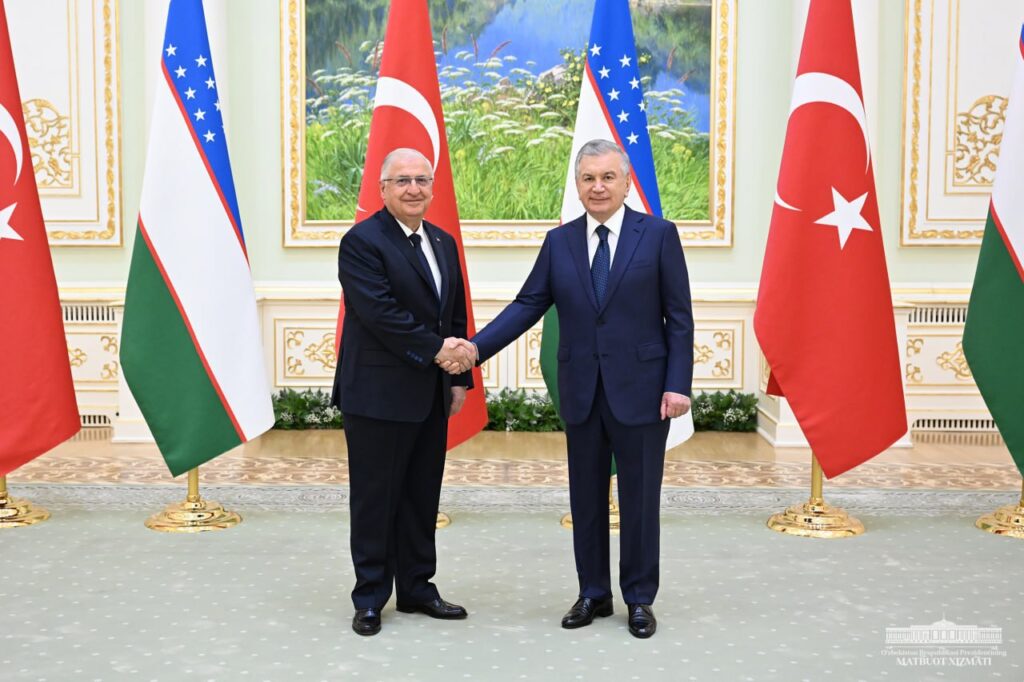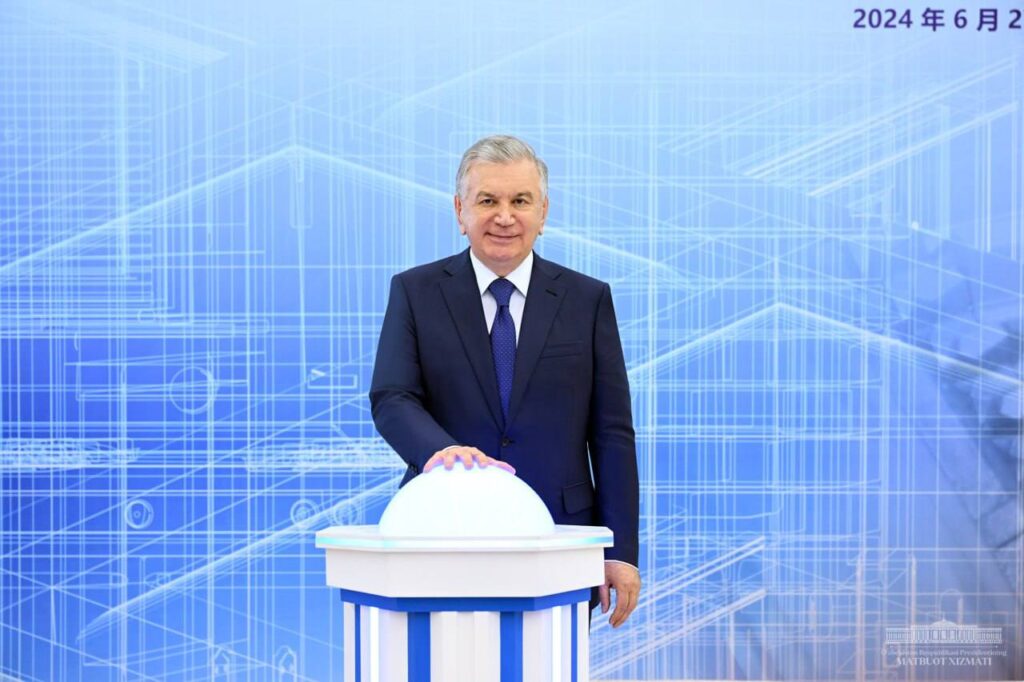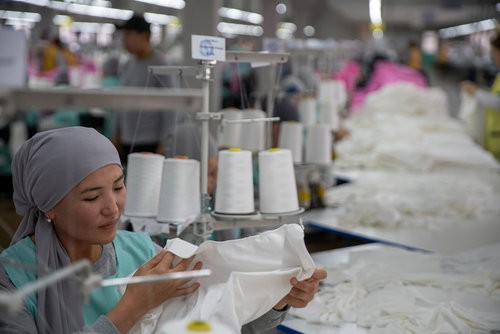TASHKENT (TCA) — Uzbekistan has set an ambitious goal of at least doubling its gross domestic product by 2030. Accomplishing this goal will largely depend on the success of the country’s investment policy in key sectors of the economy, the Jahon information agency of the Ministry of Foreign Affairs of Uzbekistan reported.
Uzbekistan has offered foreign partners a new model of relations — establishment of joint projects in which the government provides all the support to foreign investment.
The key task for the near future is achieving a sustainable growth of the industrial sector, bringing its share in the GDP up to 40 percent compared to 33.5 percent in 2015, while reducing the share of agriculture from 16.6 to 10.8 percent. This is impossible without foreign investment, expertise and technologies. This year alone, $17.3 billion in investments are channeled into the development, modernization and structural changes of the Uzbek economy.
In the coming years, Uzbekistan will work out strategic development programs that will shape a radically new integrated approach to the development of various industries. For example, it is planned to build a clear development strategy for each promising kind of raw and semi-finished materials, and develop specific programs of deep processing for the next five, ten and fifteen years.
The light industry of Uzbekistan has been among the leaders in channeling investment, allowing the opening of new joint ventures and expanding the existing manufactures. Last year alone, the light industry of Uzbekistan attracted $187.3 million of investments, a 2.7-percent increase compared to the previous year.











